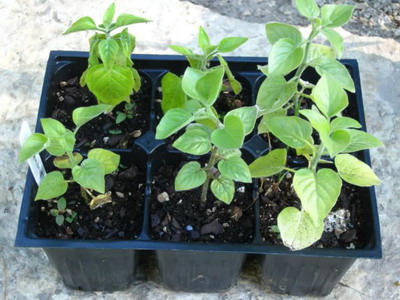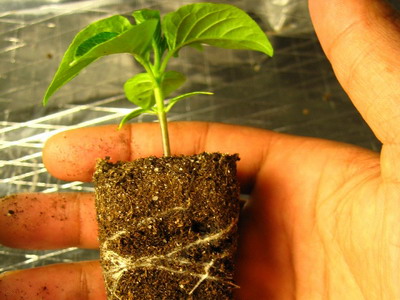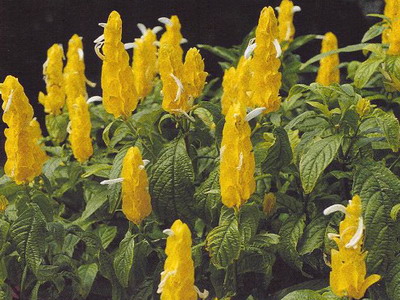
Description: The genus Beloperone or Room hop includes about 30 species and belongs to the Acanthaceae family. Belloperone flower is a herbaceous or slightly woody, beautifully flowering, evergreen, ornamental plant, reaching a height of 40-50 cm. Small opposite leaves of an elongated oval shape are slightly lowered, and small, two-lipped, white flowers are collected in spike-shaped dense inflorescences. Catchy, large greenish, and then red bracts give the plant a special attraction. They grow up to 15 cm long and turn down, covering the flowers. There are also orange and yellow bracts, very reminiscent of sea shrimp in appearance.
- Homeland: tropical and subtropical regions of America.
- Family: Acanthaceae.
- Content temperature: not lower than +7 and not higher than +28°С.
- Watering: plentiful in summer, in winter to keep the substrate moist.
- Air humidity: about 80%, needs to be sprayed.
- Illumination: bright diffused light.
- Reproduction: seeds and apical cuttings.
Beloperone – cultivation
It is necessary to place the pot with the plant in a spacious, well-lit place, but not in the sun. For Beloporne cultivation, a substrate consisting of soddy, leafy soil, peat, humus and sand in equal proportions is best suited. It is also recommended to add about 2-3% of the volume of bone meal to the soil.
In the warm season, the temperature of the plant should be within +22 +28°C, and in winter +10 +16°C, but not lower than +7°C. In the period from May to October, it is advisable to take the plant to an open balcony or garden – Beloperone needs fresh air.

Photo of Beloperone flower at home
Watering from spring to late autumn should be plentiful, but without waterlogging, and limited in winter, as needed – excluding the drying of the earthen clod.
Beloperone – plant propagation
Beloperone is propagated by non-lignified cuttings or seeds.

Seeds should be planted in February – March in a substrate consisting of sand and leafy soil in a ratio of 0.25: 1. With Beloperon reproduction in this way, it is necessary to maintain a constant temperature within + 20 + 22 ° C. If you use a mini-greenhouse or a greenhouse with a bottom heating of the soil, then the seeds germinate much faster. The resulting seedlings dive into a substrate of sand, soddy and leafy soil with a ratio of 1.2:1:1. In young plants, it is necessary to pinch the tops to enhance bushiness.
The cutting procedure can be carried out from January to August. When cuttings in January, the plant will bloom in the same year, in early summer. For cuttings, ripened annual shoots are cut 10-15 cm long, with 2 leaves. Treatment with growth stimulants (succinic acid, heteroauxin, root) paired with bottom heating will provide a significant acceleration of rooting, which must be carried out in sand or in a mixture of peat and sand in equal proportions, at a temperature of +20 +25 ° C with daily ventilation and spraying. After rooting, cuttings should be transplanted into a substrate of leafy, peaty, humus soil and sand (1:1:1:0.5), and after the start of growth, the tops of the shoots should be pinched to enhance bushiness.
Beloperone – plant care
With good care, the plant blooms almost all year round. It grows quickly and therefore the bush needs to be cut regularly for good branching. It is optimal for abundant flowering and growth to maintain the size of the bush within 15-20 cm in height and up to 20 cm in diameter. Beloperone care implies regular, 1 time in 15-20 days, during the vegetative period (March-October), top dressing with liquid mineral fertilizers.
Transplantation is carried out for young plants annually, and for adults (over 3 years old) if necessary – when the root system completely fills the pot.

Beloperone – plant care in winter
In winter, it is necessary occasionally, once a week, to water the plant, preventing the earthen coma from drying out. Beloperone when leaving in winter should be kept in a room with good lighting and air temperature within + 14 + 16 ° C, since the temperature above will lead to leaf fall. It is necessary to feed with mineral fertilizers 1 time in 1.5-2 months. It is important in winter to protect the plant from drafts and temperatures below + 7 ° C, which will lead to the death of Beloperone.
Beloperone – why leaves dry
The defeat of the plant by aphids leads to discoloration, drying, twisting of the leaves and curvature of young shoots. It is necessary to treat the bush with a solution of pyrethrum or soapy water. In case of severe infection, actellik or fosbecid should be used.
The red spider mite also causes the leaves to dry out. In this case, you need to remove the damaged leaves, spray and wash the bush with warm water, and in case of severe infection, treat with Actellik in the proportion of 15 drops per 1 liter of water.
Another reason Beloperone leaves dry is a lack or excess of moisture, poor drainage, or too high a temperature.
Beloperone (Beloperone guttata) drip or Mexican beauty
A plant native to Mexico, found naturally in the highlands of the country at an altitude of up to 1200 m above sea level. Beloperone drip is an abundantly branching evergreen shrub, reaching a height of 1 m. Oval leaves pubescent on both sides 2.5-6 cm long, entire, shortly pointed, shortly hairy on 2 sides surround white flowers up to 3 cm long. The flowers are collected in spike-shaped, drooping, original inflorescence, reaching 20 cm in length.

Such natural “bouquets” are located at the base of bright large yellowish-green, yellow or reddish pubescent bracts. A flowering plant retains its attractiveness for a very long time. Adult specimens sometimes reach a height of 80 cm or more, but, as a rule, they are eliminated earlier, when they reach about half the height.







